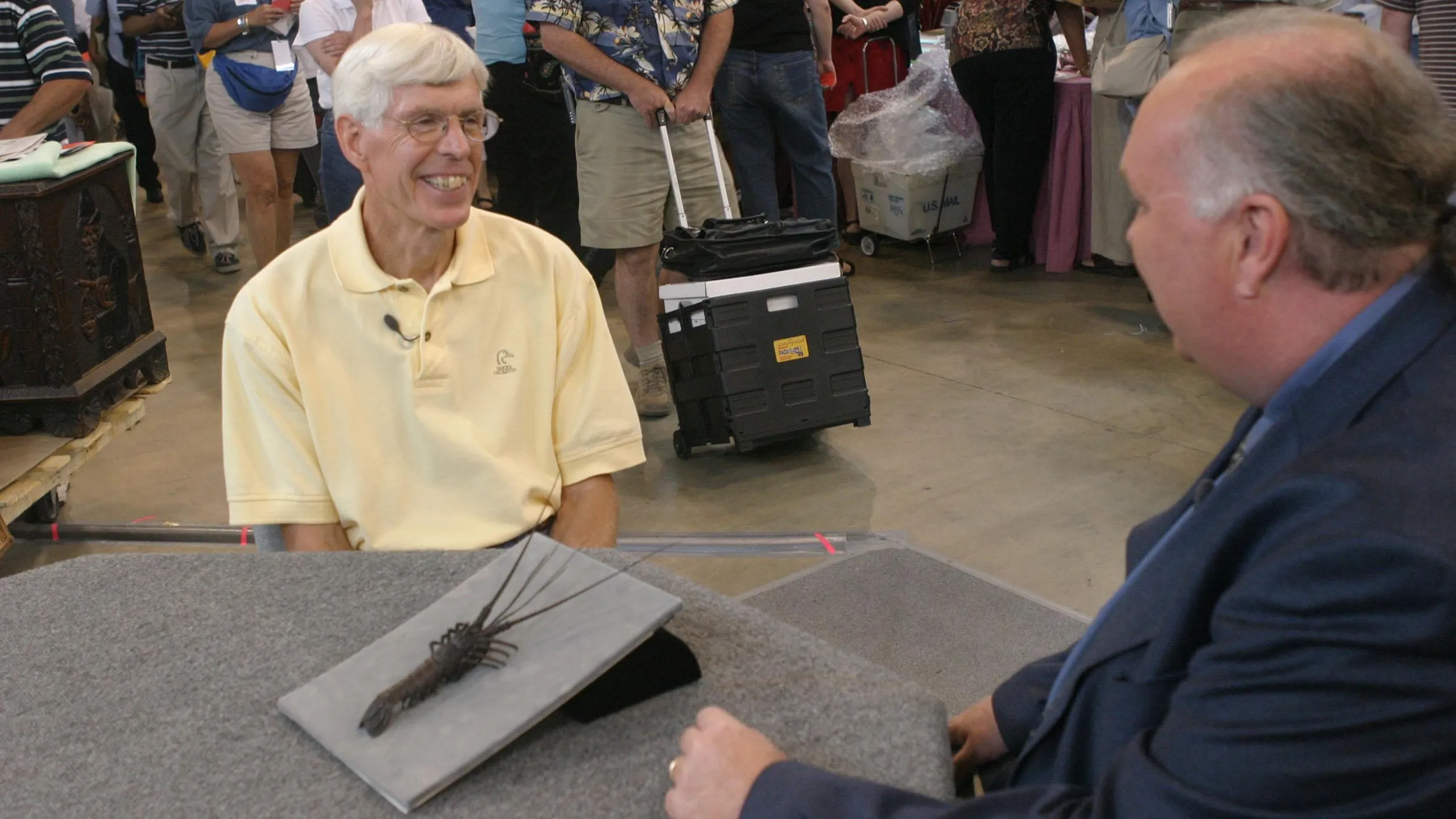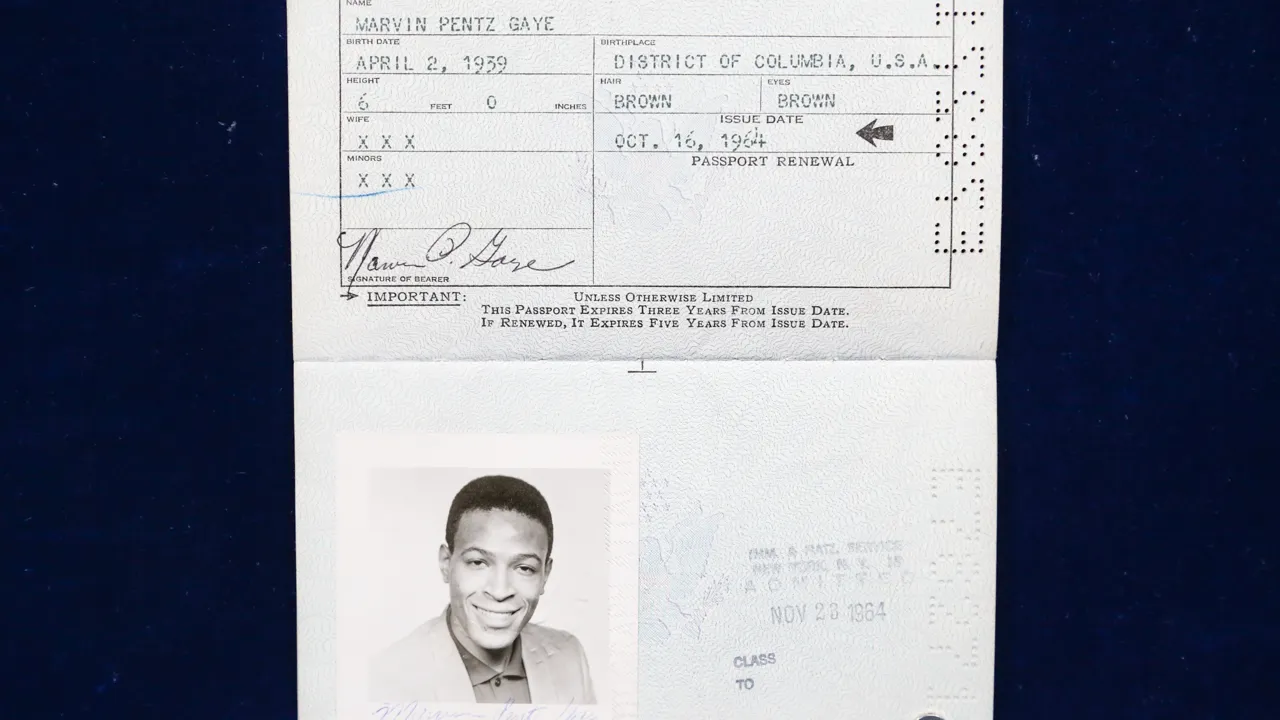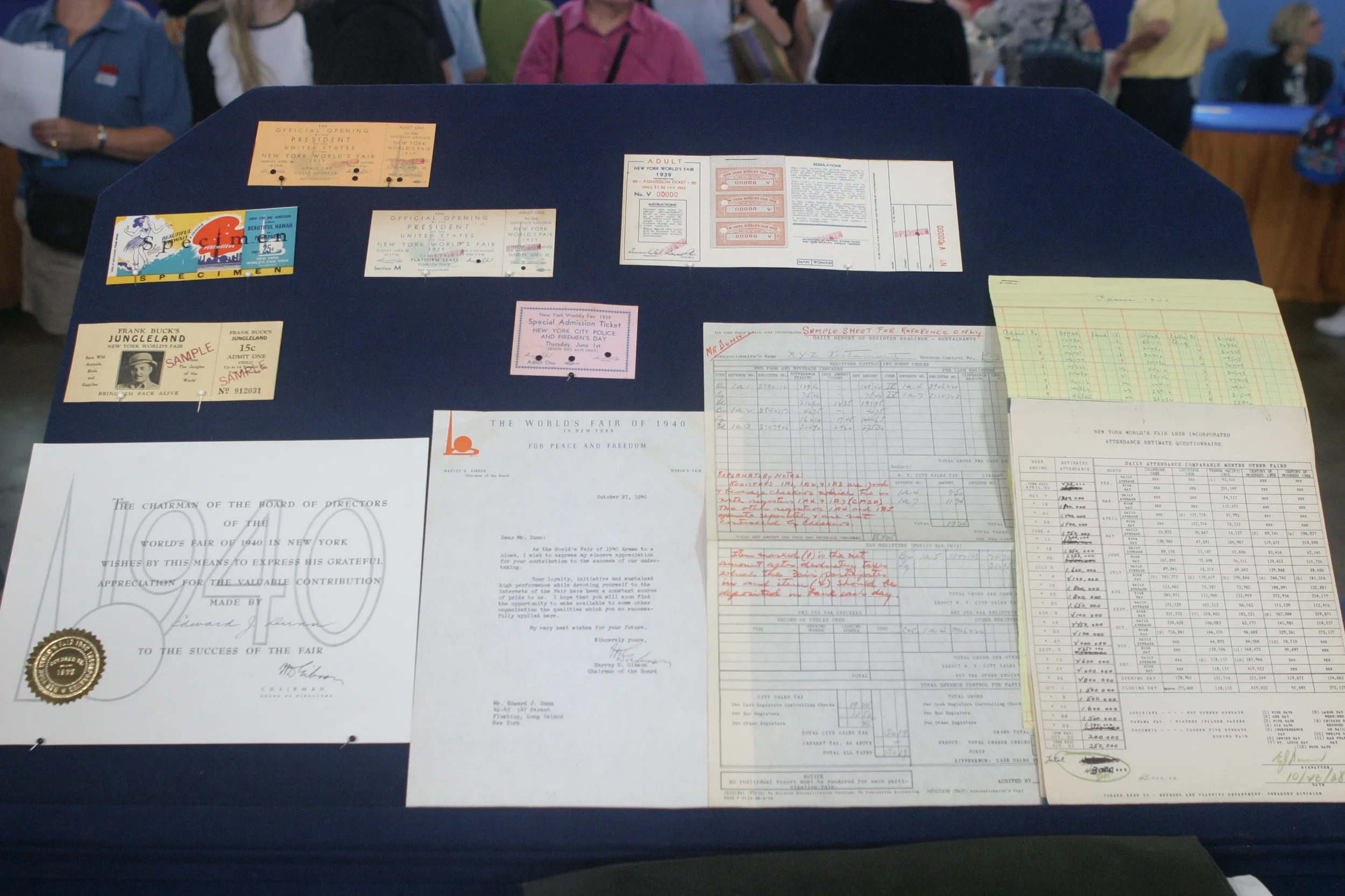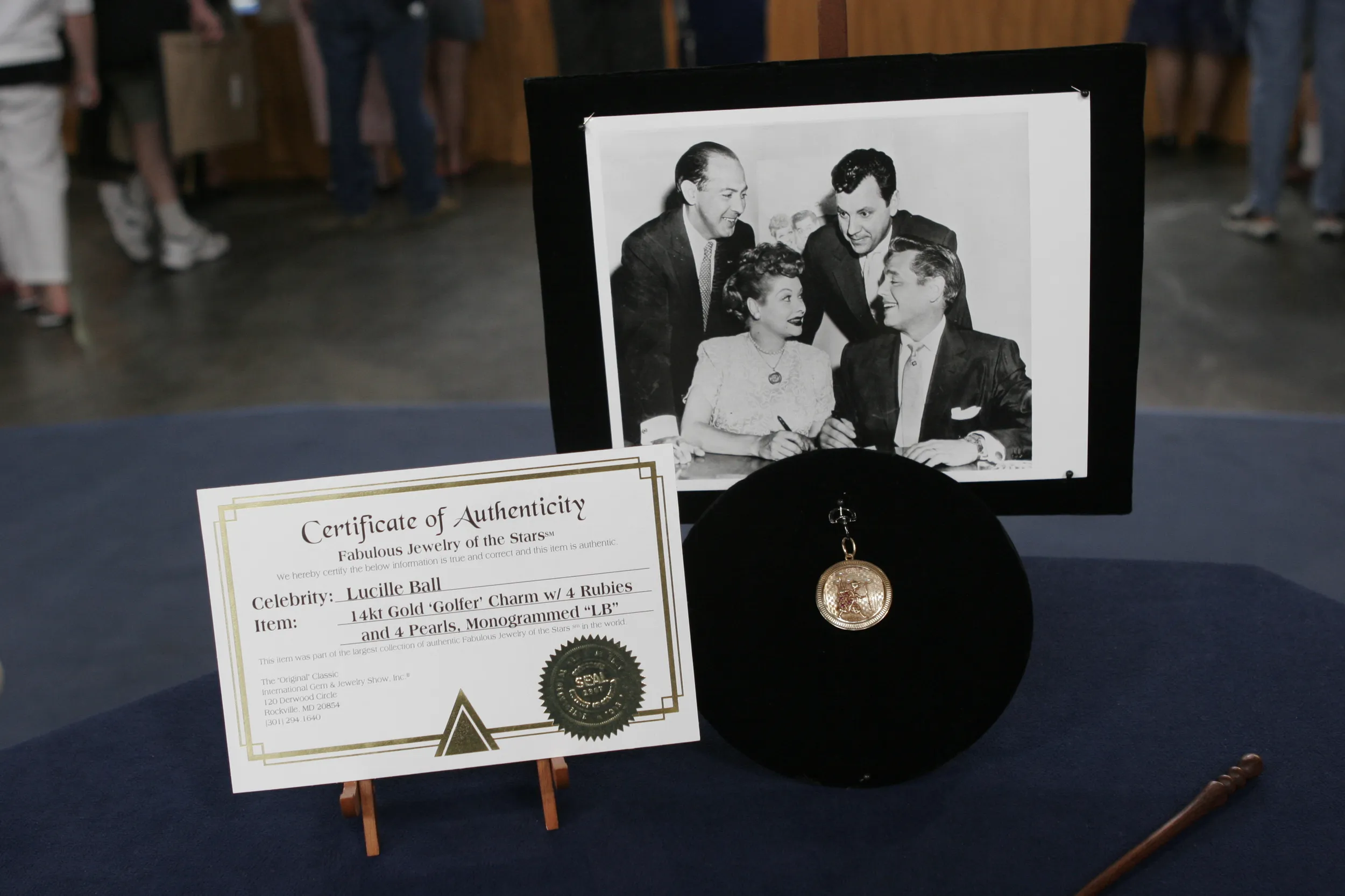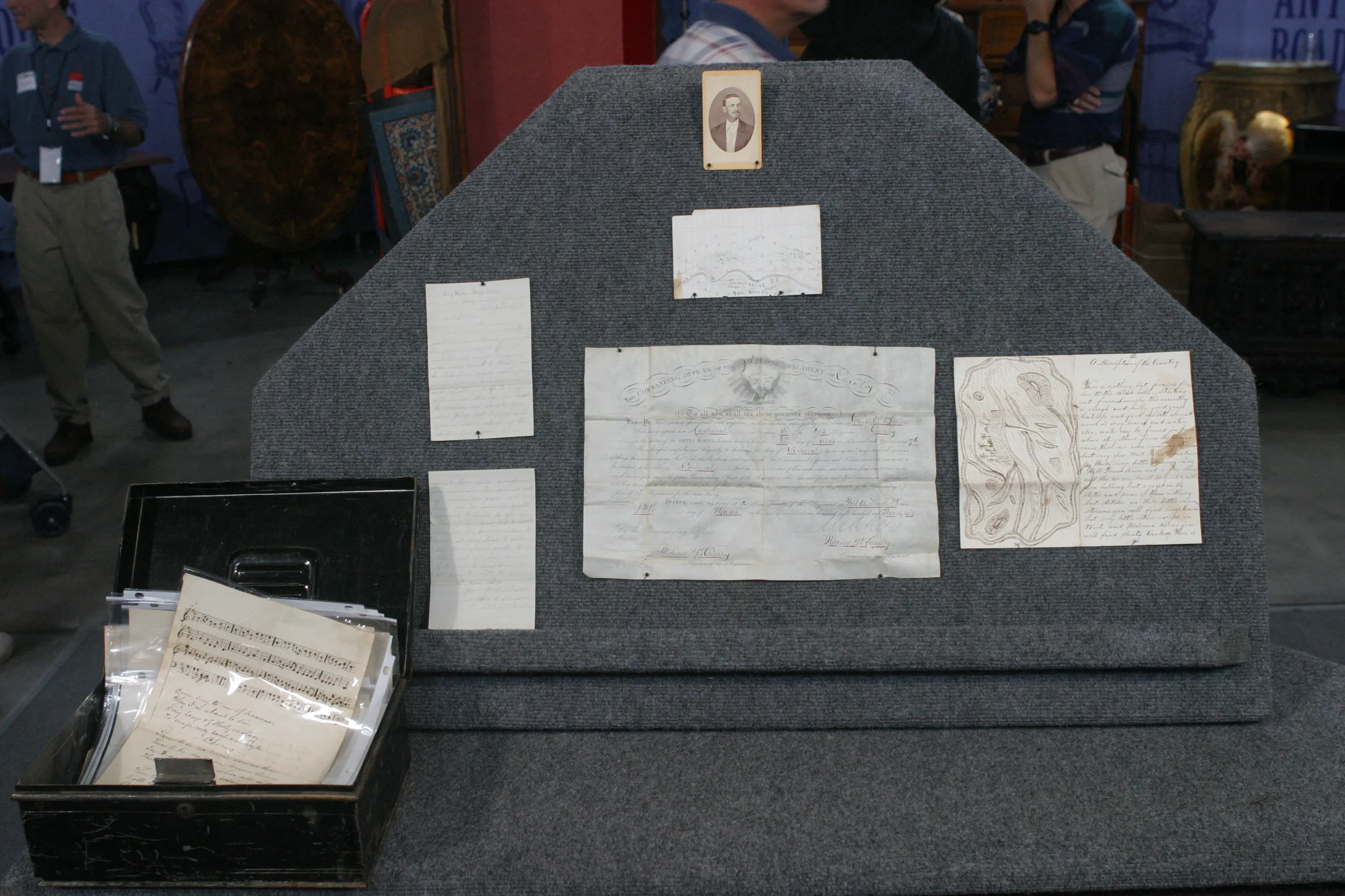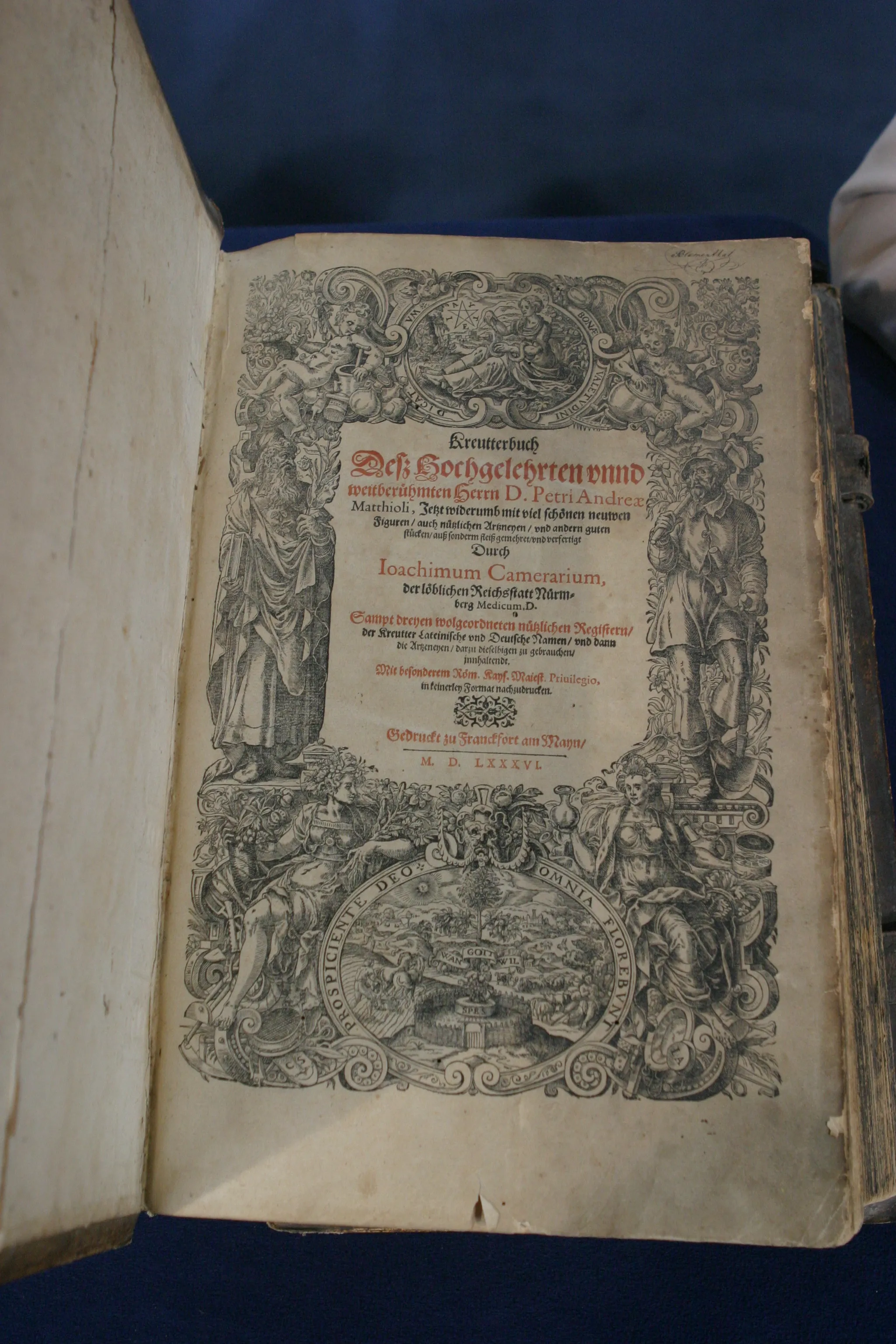GUEST: Well, I found it in an antique shop, uh, just hanging on the back wall.
APPRAISER: Okay.
GUEST: And I was very excited to, uh, find a metal-bodied instrument with a pretty picture on it.
APPRAISER: You're, uh, an instrument collector, I take it.
GUEST: Yes.
APPRAISER: Okay. Well, the thing that makes this so much more unusual than a run-of-the-mill instrument is, this is what we call trench art.
GUEST: Okay.
APPRAISER: Trench art was very popular in World War I. Um, it was typically made by convalescing troops that were wounded, and it was to keep them occupied during their convalescence.
GUEST: Okay.
APPRAISER: Most trench art that we see will be shells, artillery shells with decorations on them.
GUEST: Right.
APPRAISER: Little bullets, cigarette lighters, cigarette cases. But in all the years I've been involved with military antiques, I've never seen a musical instrument made of brass shells.
GUEST: Oh, really? Okay.
APPRAISER: It's dated September 20, 1917, and then the man's name who more than likely made it. Apparently, he may have been a musical instrument maker before the war.
GUEST: Right.
APPRAISER: Because he knew how to fabricate a musical instrument, especially out of brass from military casings. Trench art has become very popular in the last few years.
GUEST: Okay.
APPRAISER: And something like this, it's kind of hard to put a value on.
GUEST: You paid how much for it?
APPRAISER: I think $130 for it.
GUEST: That was a very good buy.
APPRAISER: I would estimate it $500, maybe $600, $700 for it.
GUEST: Oh, excellent.

